Driving in Austria - A Guide for Visitors
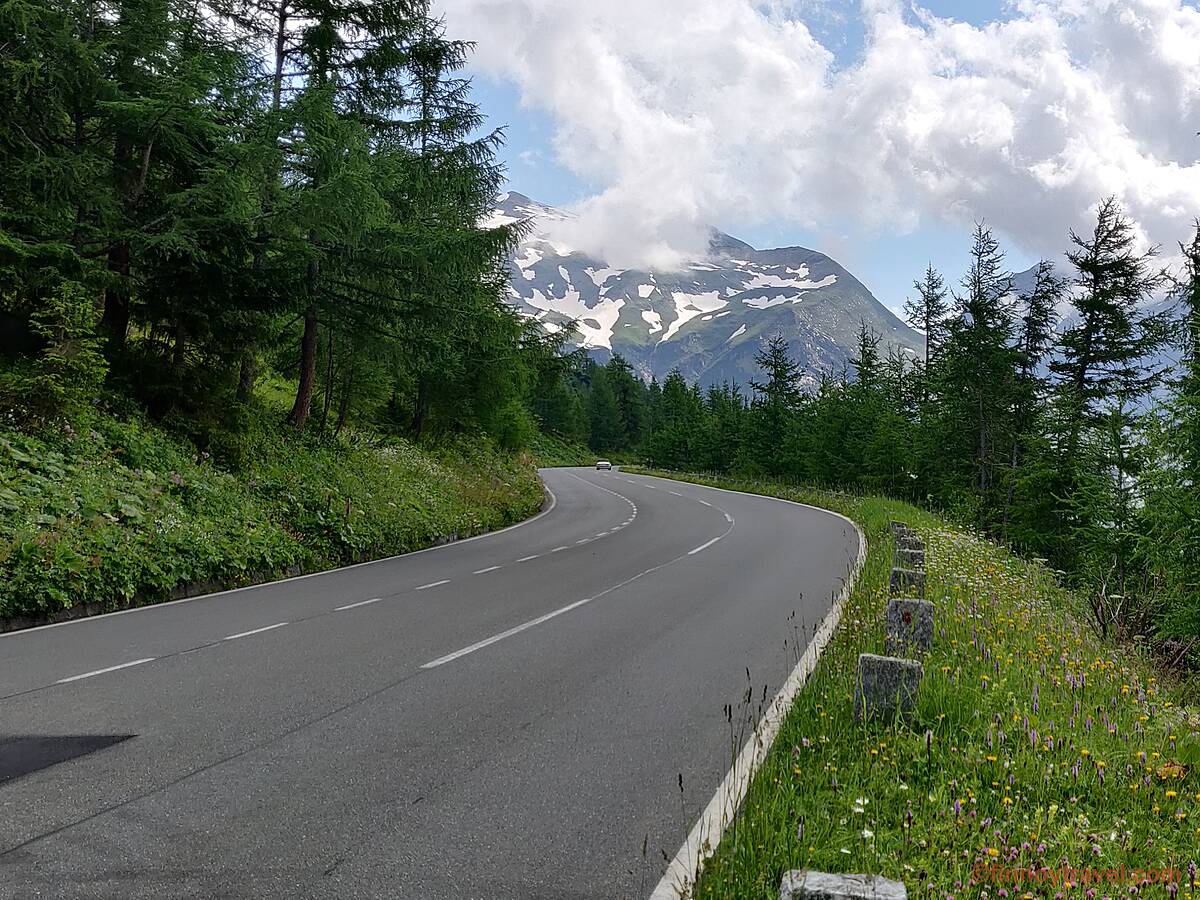
The content on this page includes affiliate links. While clicking on these links won't cost you anything extra, we may earn a modest commission from any purchases you make.
We visited Austria in the summer of 2021. Hiring a car was a practical choice because it gave us the freedom to move around. For example, we visited Salzburg and also a few places in Germany. In addition, we drove on Großlockner High Alpine Road. In this article, we share information about driving in Austria based on our experiences.
Covered in the Article
Austria
Austria is a beautiful mountainous country located in the heart of Europe. The country is moderately small so driving a car is a practical way to explore its beautiful natural sights and cosy villages. Austria is known for its well-working train network but exploring the country by car gives more freedom. You can set your schedules or even cross borders to neighbouring countries. In this article, we share practical information about driving in Austria based on our road trip in 2021.
Road Network
Austria has an extensive and well-maintained road network.
Motorways in Austria are called Autobahn (Bundesstraßen A) or Schnellstraßen (Bundesstraßen S). In addition to the motorways, there are federal highways called Bundesstraßen B.
Autobahns are considered the best roads in Austria. There are 18 of them stretching almost 1,800 km. The autobahns are in excellent condition and the maximum speed limit is 130 km/h. Autobahn road numbers are marked with the letter A.
Schnellstraßen are very similar to autobahns. However, on these roads, the speed limit is lower usually 100 km/h, and the roads are more cheaply built compared to Autobahns. Schnellstraßen road numbers are marked with the letter S. In practice, these roads are also motorways and there are 500 km of them in Austria.
Regular federal highways (Bundestrassen B) are simpler and narrower roads. They have usually only one lane towards each direction. The default speed limit is 100 km/h.
Autobahns are the best roads in Austria.

Traffic Rules in Austria
Basics
In Austria, you drive on the right side of the road and pass from the left. The priority rules are the usual: You need to give way for vehicles coming from the right.
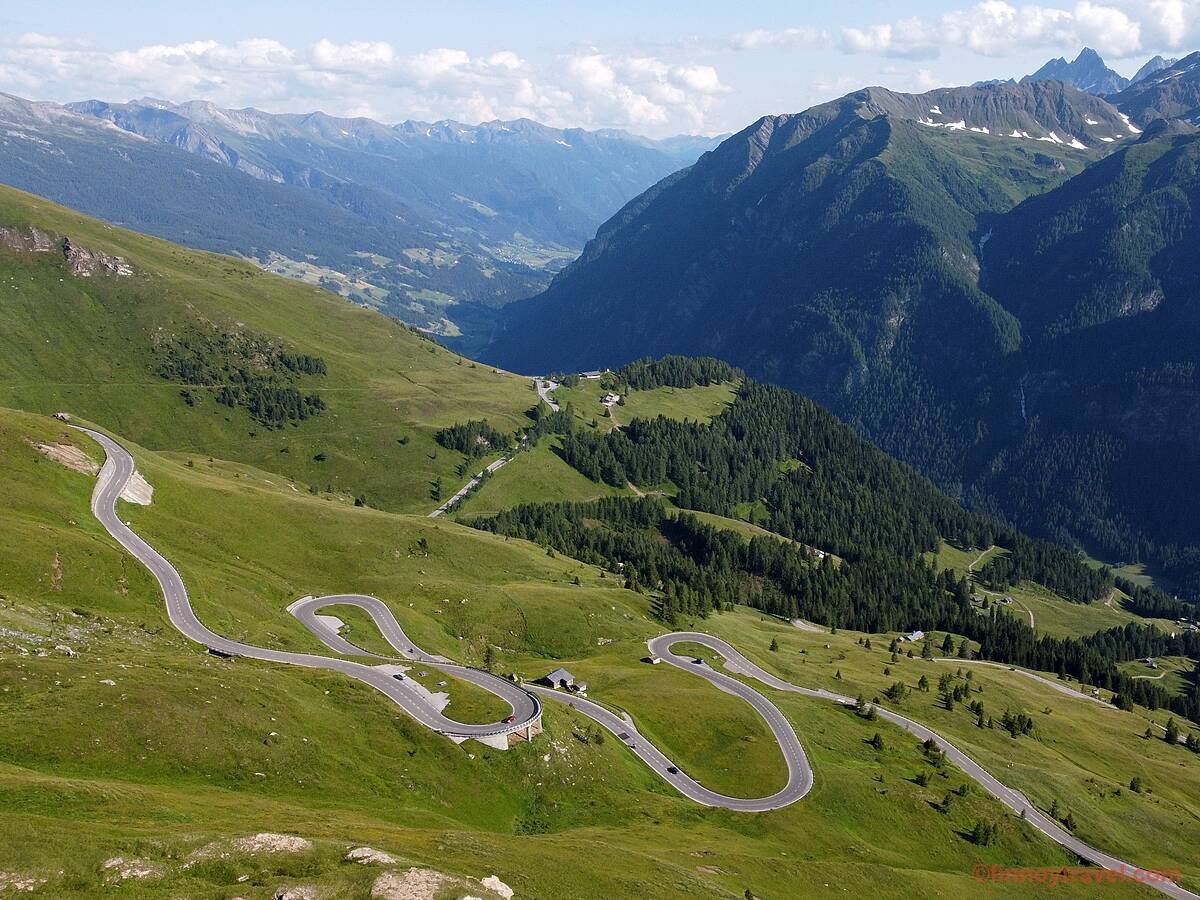
Alcohol Limit
Do not drink while driving. You will get fined if you have more than 0.5 per mil alcohol in your blood. Professional drivers have a lower limit, 0.1 per mil.
Driving License
When driving in Austria, you must have a valid driving license issued in the EU or EEA countries or you're a holder of an international driving license. A passport or an ID must be carried together with the license.
Speed Limits
Speed limits are marked with clear signs. The default speed limit in urban areas is 50 km/h. Outside towns, you can drive up to 100 km/h. On autobahns, the limit is 130 km/h.
Speed limit may vary also depending on the weather conditions. In poor weather conditions like when it's raining or snowing, a lower limit may be set by a traffic sign. It is important to learn to recognize the extra information which is marked below the speed limit signs.
Road Tolls
There is a road toll system in Austria on all motorways and expressways. The toll can be paid in the form of a vignette, lorry toll or route toll. This money is utilized to maintain the roads in good condition.
Cars up to 3,500 kg must display a toll sticker or have a digital version purchased. The rule applies when driving on motorways and expressways. The sticker and its digital version are called vignette. Heavier cars have a different toll system.
Six motorways require you to buy a separate toll ticket to cover their even more expensive construction and maintenance costs. Official information is available on ASFINAG website.
When hiring a car in Austria, make sure it has a vignette.
Speed and Dashboard Cameras
The police are supervising traffic manually and automatically with speed cameras. That is why it is important to follow the traffic rules, especially the speed limits. Dashboard cameras are forbidden because of strict privacy laws in the EU and especially in Austria.
Fueling
Refuelling in Austria is as simple as in other European countries. There are so many petrol stations almost that one is always near you. Only if you are heading to the Alps, it is wise to reserve some extra fuel because a car consumes more and the nearest petrol station may be quite a long distance from your location. In many petrol stations, you refuel the car yourself and then pay the cashier. Some stations are fully automated. Almost all payment cards are widely accepted in petrol stations.
The fuel in Austria is moderately priced compared to other countries in Europe.

Parking
Parking in the countryside is simple. You will easily find free parking places and no special parking skills are required. In the cities, parking is more complicated.

In big cities, it is sometimes challenging to find a free parking spot and parking costs. Usually, you need to pay parking fees on weekdays while parking during weekends is free. The rates are moderately low. We advise learning the parking rules and signs before driving in Austria as the fines are expensive.
Our Driving Experiences in Austria
After making flight comparisons at Skyscanner, we found the most suitable flight schedule and best rate for our flight. We flew from Helsinki to Vienna and we planned to explore the western parts of Austria near Salzburg. In addition, we crossed a border with Germany a few times during our trip.
Car Hire
Our initial plan was to fly directly to Salzburg. By comparing flight prices on Skyscanner, we found out that flying to Salzburg is more expensive than to Vienna. Also, car hire prices in Salzburg were higher.We decided to book a flight to Vienna because the driving time from Vienna to Salzburg was only 3 hours. Even though this extra driving cost, the overall price became cheaper.
We compared hire car prices on Discover Cars. We selected an inexpensive car hire company near Vienna Airport. A company representative was waiting for us after the landing and took us with a van to their office nearby.
At the office, we accomplished the car hire papers and also paid a border-crossing fee. We were unsure whether to visit Germany during our trip but because the border is so close to Salzburg, we didn't want to take the risk of accidentally crossing the border. That would have caused an expensive penalty fee. Since Germany and Austria both are Schengen countries, there is no border inspection between them.
In just 30 minutes after arrival at the airport, we were ready to start driving our car hire which was a hybrid Suzuki Swift. Our first driving route was from Vienna to Salzburg. The driving took unexpectedly more than 3 hours because there were heavy thunderstorms on the way and we could not keep the full speed all the time.

Driving Culture
Quite soon, we noticed that drivers in Austria are friendly but driving speeds are high. Many drivers also tend to keep very short safe distances from other cars. Especially on autobahns, passing cars returned to our lane too soon after overtaking and we had to brake now and then to keep enough distance. Otherwise, driving on autobahns was smooth.
Speed limits are high. Even on dark federal highways, the speed limit was often 100 km/h even though there were many curves and no street lights at all. We recommend driving a little slower if you aren't familiar with the road.
According to our experience, drivers in Austria obey the traffic rules well.
Driving in Salzburg
We stayed in Best Western Plus Amedia Art Salzburg. The hotel was a perfect choice in the city centre but we also had to drive on the busiest streets every day. Driving was not more challenging than in other big cities because there were many traffic lights, clear traffic signs and roads had many lanes. Naturally, it still took a little time to get used to the local habits. Finding a free parking place in the evening was the annoying part.
Near Salzburg Old Town, you need to be careful. The Old Town area is closed to cars during the daytime. If you enter the area early in the morning, you are not allowed to exit anymore before the evening without special permission. We experienced that ourselves.
On a sunny morning, we drove to Old Town to explore some sights. Later when we tried to exit Old Town, the roads were closed. There was no way to drive out. We had to ask for assistance from a policeman who advised us to go to the police station. That visit led to a fine because we should not have driven our car to Old Town at all. The only way to exit the area was to pay a fine at the police station and wait for a report to be created. That was our most expensive Old Town visit.
A friendly policeman told us that the traffic signs are unclear and the same mistake happens to many visitors.
Großlockner High Alpine Road
If you are visiting western parts of Austria, we recommend you try Großlockner High Alpine Road as we did. It is the highest surfaced road in Austria connecting Bruck an der Großglocknerstraße, Austria and Heiligenblut am Großglockner. There is no need to have a destination because driving on Alpine Road itself is a rewarding experience as the views along the way are stunningly beautiful.
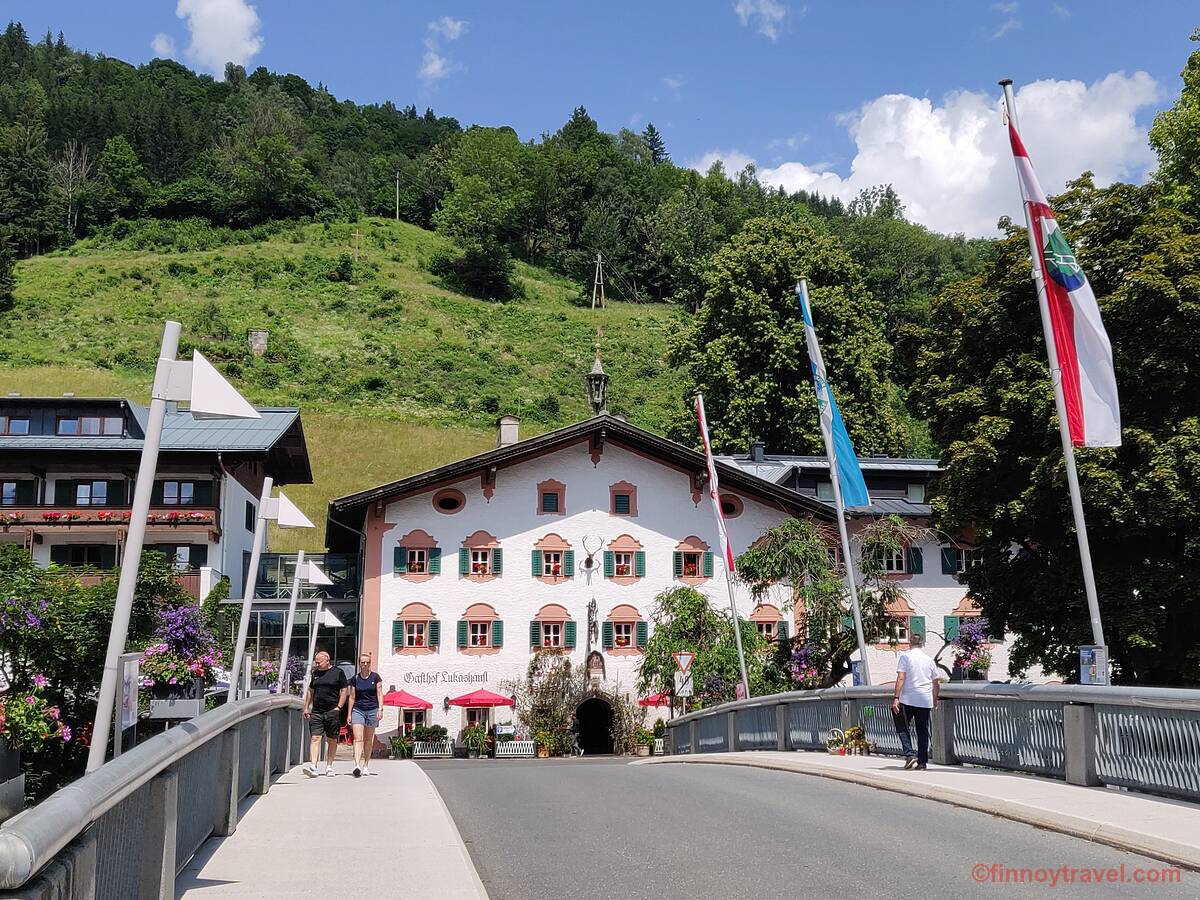
It took about 90 minutes to reach Bruck village from Salzburg. We enjoyed lunch there and explored this idyllic Austrian town. After a good meal, it was time to head to Alpine Road.
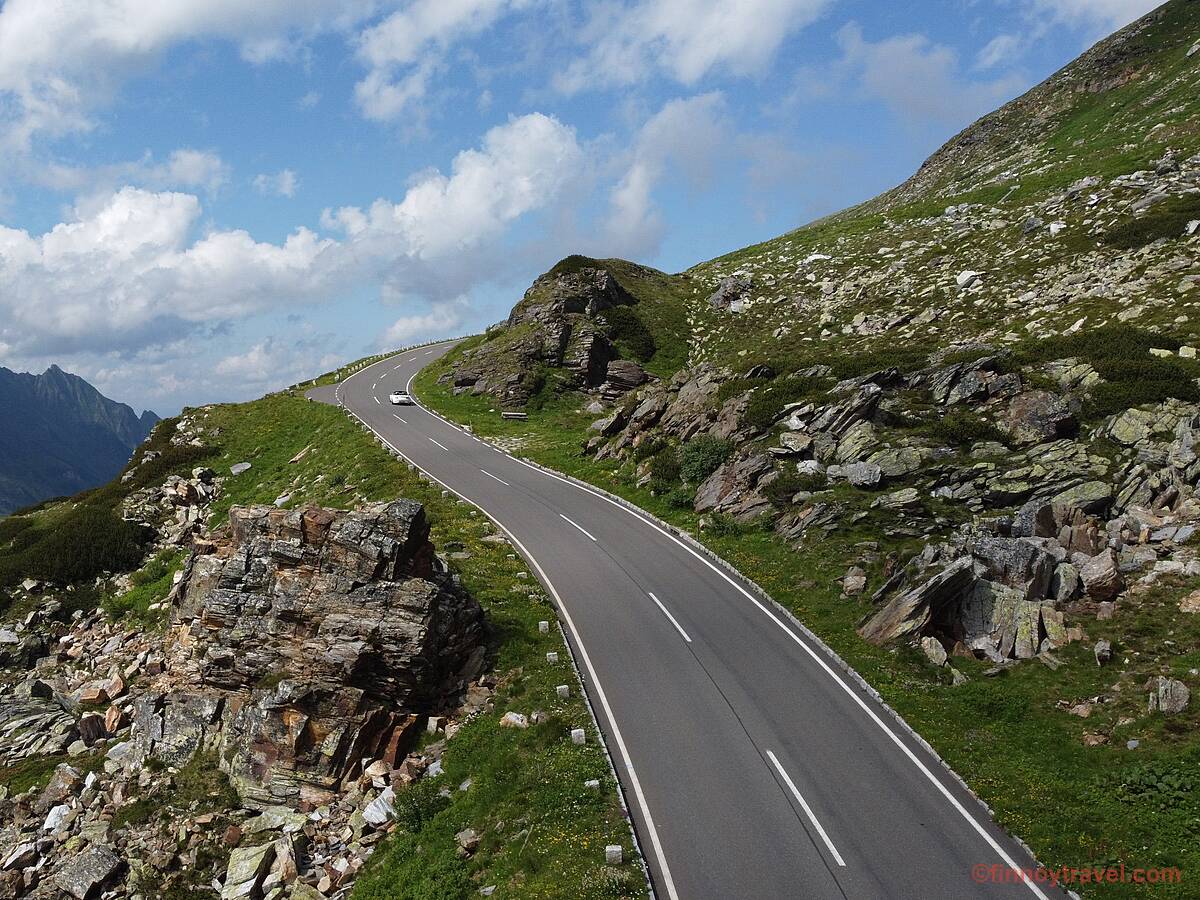
We had to pay a toll to access the road. A day ticket is almost 50 euros for a personal car but it gives value for the money. The road is in very good condition. Since the road was leading to the mountains, it had countless curves. The views are amazing and there are many places to stop by to enjoy the spectacular scenery and take photos. Along the way, you can also stop to buy souvenirs or just have a cup of coffee.
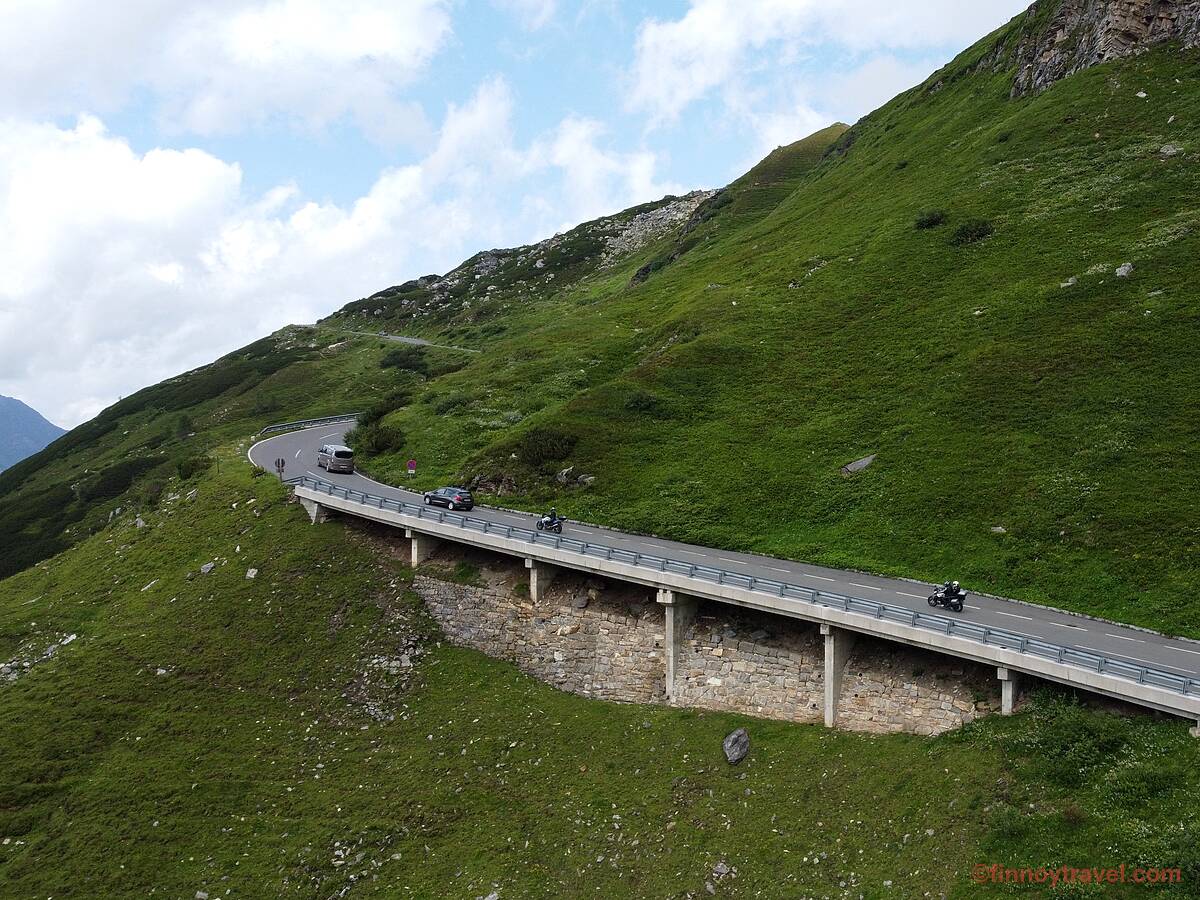
We drove to Kaiser-Franz-Josefs-Höhe at 2,369 metres. It is almost the highest point on the road. Unfortunately, the centre was already closed when we arrived but the destination was not the most important thing for us but the journey itself.

Do not forget to reserve at least a day in the Alps.
Mountain Driving Tips
Because Großlockner High Alpine Road is in good condition and it is not too busy, driving on it is moderately easy. There are steep down and uphills so it is important to keep the speed low. Engine braking is important so as not to overheat the brakes. For example, we got a brake overheating warning a few times even though we used much engine braking with our hybrid car. That is why we also stopped not and then let the car cool down.
We advise reserving enough time for the trip. Time goes faster than you can imagine when driving in the beautiful Alps. You will surely want to have many breaks as the views are breathtaking.
Where to Hire a Car in Austria?
Hiring a car in Austria is simple. Compare prices and select a car that you prefer. We recommend comparing prices on Discover Cars and booking a car well in advance to get a cheaper rate.
Hire cars in Austria are in good condition. The risk of getting them accidentally scratched is low but we still recommend buying full insurance to reduce the risk. That is a way to avoid unpleasant surprises if someone else damages your car.
Make sure the car has a vignette and necessary insurance. Pay a cross-border fee in advance if you have even a small intention to cross a border of another country. Otherwise, the insurance is invalid and you may also get a high penalty.
We recommend hiring a car already at the airport. Car hire companies inside a terminal are more expensive than companies whose offices are located nearby. To save some money, we recommend using 30 minutes more time and using a more distant company.
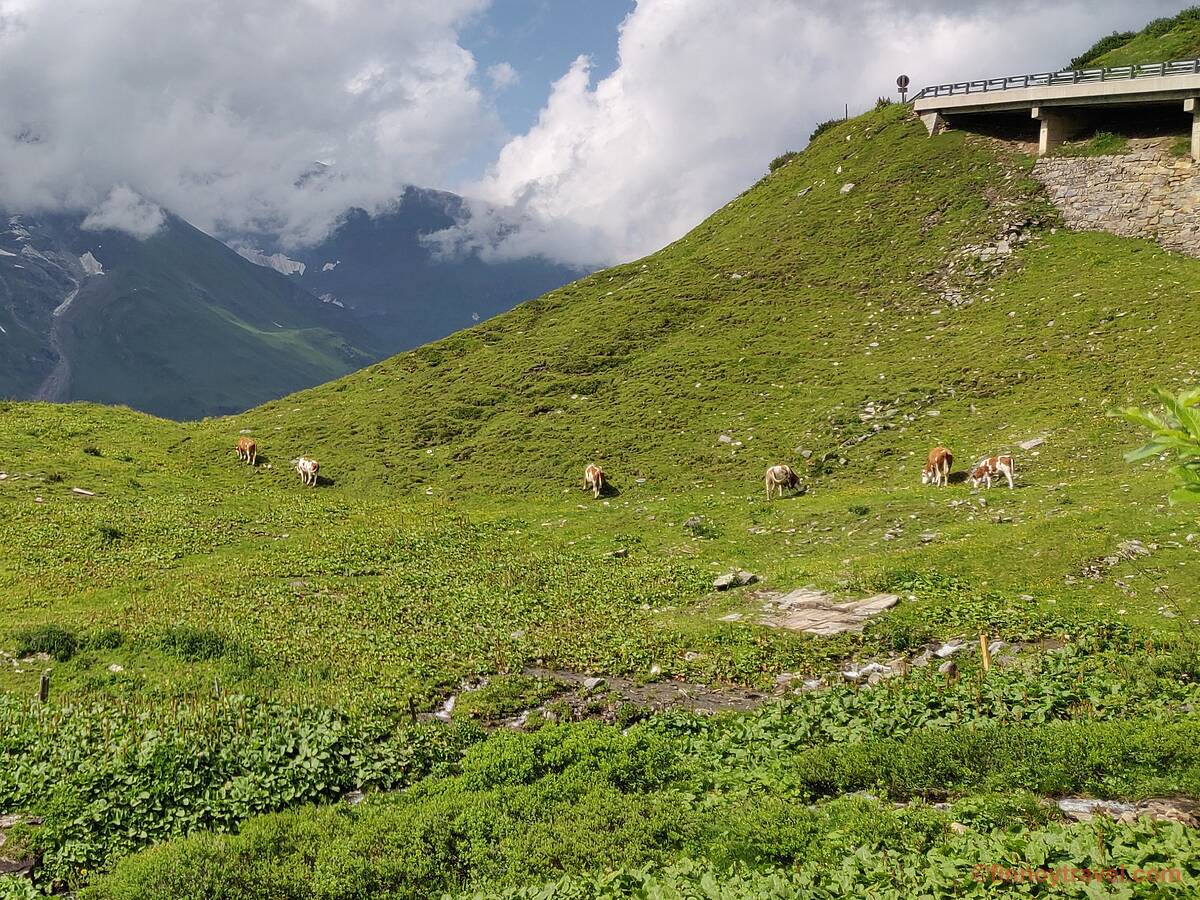
Common Questions
- Is driving in Austria difficult?
- Driving in Austria is not more difficult than in other European countries. Driving in cities is more challenging than in the countryside.
- Is the road network in Austria good?
- Yes, it is in perfect condition.
- What is a vignette?
- A vignette is a toll sticker or a digital certificate which serves as proof that you have paid the mandatory tolls for motorways and expressways.
- What is the difference between an autobahn and a regular expressway?
- Considered as the best road class in Austria, you can drive faster on the autobahn up to 130km/h as the speed limits are highest on these roads.
- What is the driving culture in Austria like?
- It is friendly but fast-paced.
- Does parking in Austria cost?
- Yes, it does in cities. In the countryside, finding a free parking place is usually possible.
- Should I buy full insurance for a hire car?
- Yes, we recommend it. Fixing even small scratches costs a lot.
- Where to hire a car in Austria?
- You can save a lot by comparing prices and booking early. We recommend comparing hire car prices on Discover Cars and placing a booking there.
- What is driving in the Alps like?
- Driving in the Alps leaves you with a memorable experience. The roads are in good condition and the views are amazing. That is something you must try in Austria.
- Is fuel expensive in Austria?
- It is not more expensive than elsewhere in Europe.
Bottom Line
Austria is a great summer destination. When the weather is warm and there is much daylight, driving around the country makes the experience perfect. Austria is one of the best places to have a road trip in Europe since the roads are in good condition and the country offers a lot of picturesque landscapes.
Exploring Austria by car gives you more independence. It is important to hire a car from a reliable company. Understanding the basic traffic rules and differences between the road types makes driving smoother. As a careful driver, you will survive well in Austria's traffic.
Have you driven in Austria? Share your best tip below!




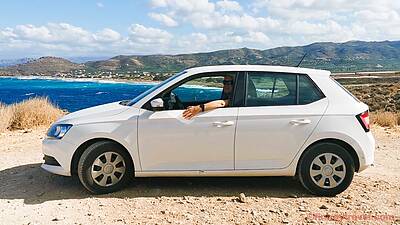
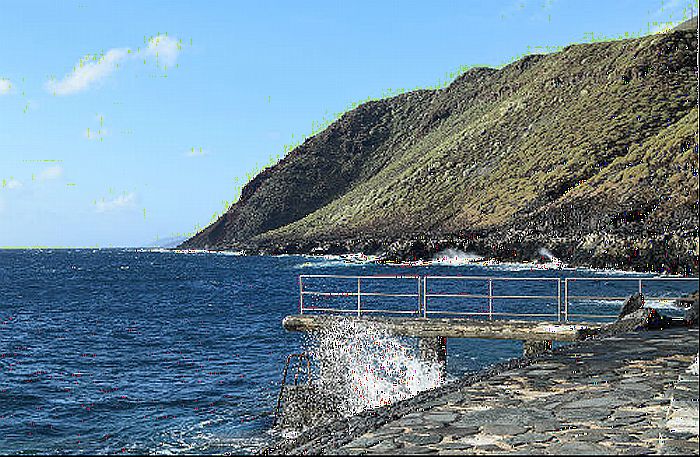
Add Comment
Comments